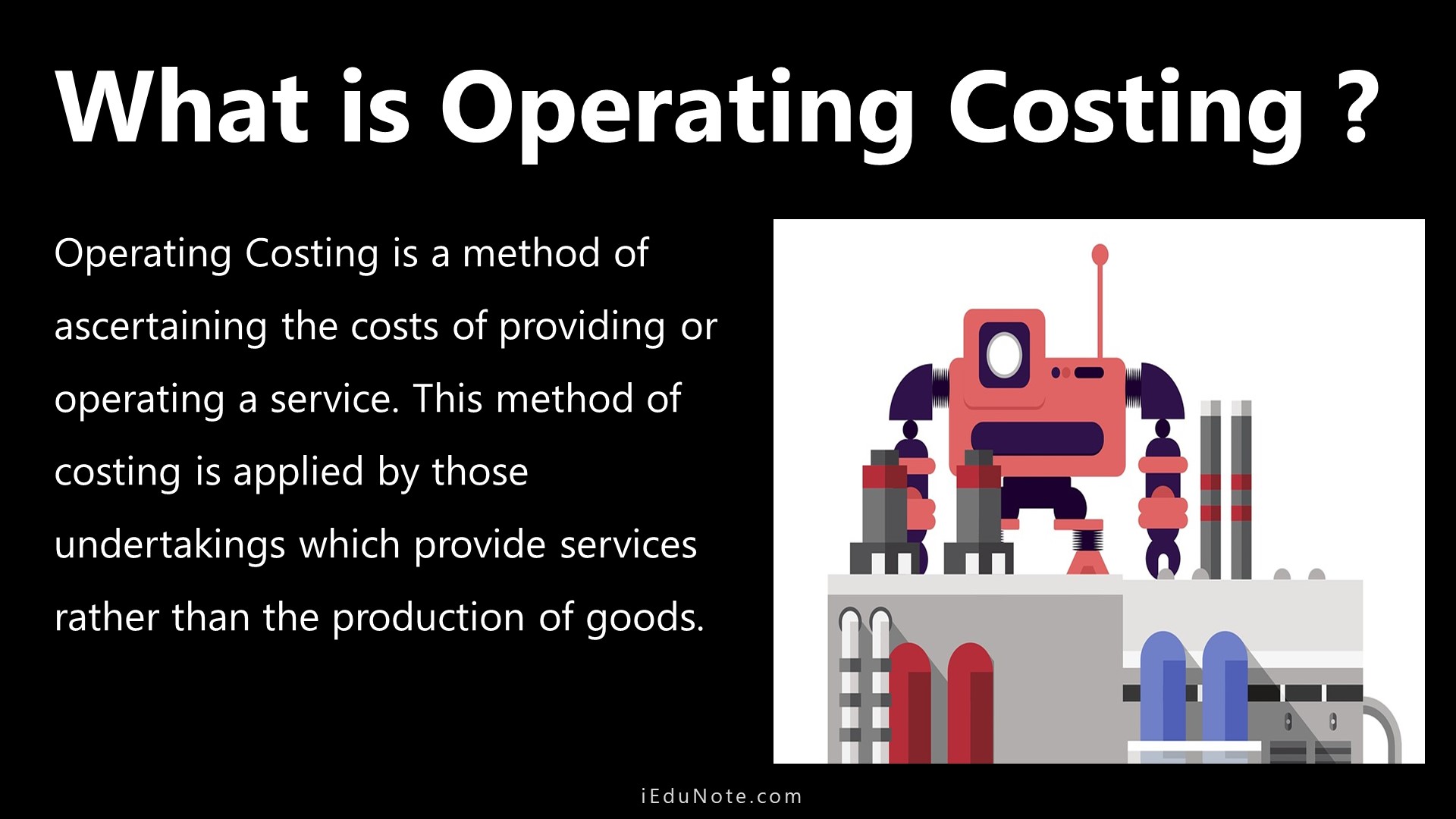Labor turnover, the rate of change in the labor force within an organization, has significant implications for businesses. In this blog post, we will delve into labor turnover, its consequences on costs and productivity and explore management strategies to address this issue effectively.
Understanding Labor Turnover
Labor turnover refers to the movement of employees into and out of an organization during a specified period. It occurs due to separations (such as resignations or retirements) and new appointments. While it is impossible to eliminate labor turnover, a high turnover ratio can lead to increased costs and decreased productivity.
Consequences of High Labor Turnover
- Disruption of the Regular Workforce: High turnover introduces new employees who may take time to become efficient, resulting in a production slowdown. Lower productivity translates to increased overall production costs.
- Impact on Quality and Efficiency: Inexperienced new hires may contribute to higher defect rates and spoilage. Additionally, inefficient machinery and equipment handling can cause damage, leading to additional costs.
- Financial Implications: High labor turnover leads to expenses associated with the recruitment, training, and orientation of new employees. This incurs direct and indirect costs due to the loss of productivity during the transition period.
Management Strategies to Address High Labor Turnover
- Preventive Costs: To keep labor turnover at a minimum level, organizations can invest in preventive measures such as:
- Prioritizing personnel administration and employee welfare, including medical facilities, recreational activities, and attractive retirement benefits.
- Offering employee development programs to enhance skills and job satisfaction.
- Providing competitive remuneration packages to attract and retain talented individuals.
- Replacement Costs: When addressing labor turnover, organizations should consider the following:
- Efficient recruitment processes, comprehensive training, and effective induction programs reduce the time lag between separation and new hires becoming productive.
- Minimizing defects and spoilage through proper training and quality control measures.
- Providing additional supervision and support for new employees to ensure a smooth transition into their roles.
Labor turnover poses organizational challenges, impacting costs, productivity, and efficiency. By understanding the consequences and implementing effective management strategies, businesses can minimize labor turnover’s adverse effects.
By investing in employee satisfaction, development programs, and efficient recruitment processes, organizations can create a positive work environment that encourages employee retention and enhances productivity. Proactive management of labor turnover is crucial for long-term success and growth in today’s dynamic business landscape.

